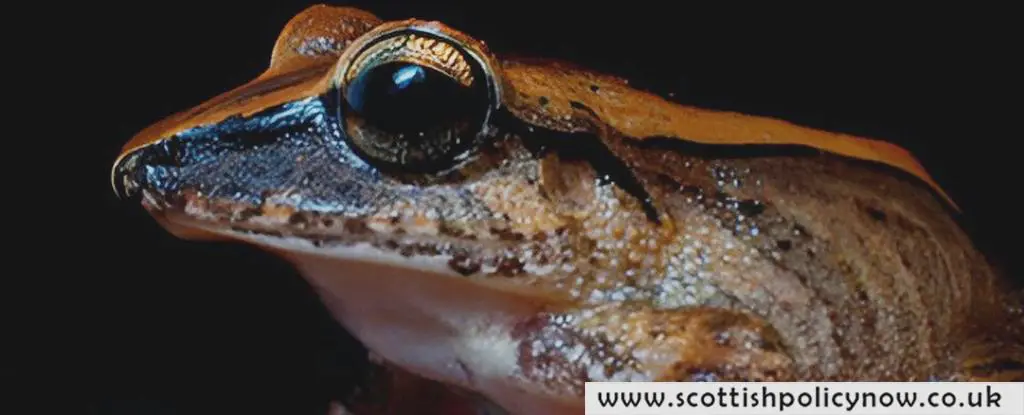The Brazilian Atlantic Rainforest echoes with the ear-piercing ‘screams’ of a tiny amphibian in distress, but until recently, these cries have been unheard by humans.
For the first time, researchers have captured the cries of South American frogs at a frequency completely inaudible to humans—yet potentially very disturbing to animals equipped to hear them.
The leaf litter frog (Haddadus binotatus) is the most numerous frog species in this forest community. Though they are plentiful, these frogs are small—the largest, which are females, barely reach 64 millimeters (2.5 inches) in length.

When threatened, these frogs can’t fight back. Instead, they scream, producing an ultrasonic distress call as a defense mechanism.
It’s been known for some time that certain frogs vocalize to express distress, warnings, and alarms. While a few studies have suggested that frogs might emit ultrasounds, this new research confirms their ability.
“Some potential predators of these amphibians, like bats, rodents, and small primates, can emit and perceive sounds at this ultrasonic frequency, which humans can’t,” explains behavioral ecologist Ubiratã Ferreira Souza from the State University of Campina in Brazil.
“One theory is that the distress call is aimed at some of these [animals], but it might also be that the broad frequency range is meant to intimidate as many predators as possible.”
The scream is part of a series of defensive actions, where the leaf litter frog arches its back and raises the front of its body, mouth wide open, as if to unleash the terrifying scream, which it eventually does as it partially closes its mouth.
While humans can only detect sounds up to about 20 kilohertz, the software used by Souza and his team to analyze the frog’s cries showed they span from seven to 44 kilohertz.
They believe this wide range of frequencies, coupled with the frog’s threatening posture, is designed to deter a variety of predators from attacking this small but fierce creature. Since similar behaviors have been observed in frogs elsewhere, this type of vocalization could be more common than previously thought.
“Given that Brazil has the world’s highest amphibian diversity, with over 2,000 species identified, it wouldn’t be surprising if other frogs also produce sounds within these frequencies,” says Mariana Retuci Pontes, an ecologist at State University of Campina.
She noted similar behaviors during her handling of another frog species at the Upper Ribeira State Tourism Park in January 2023, though she couldn’t confirm if the sounds were in the ultrasound range in her recorded video.
The researchers are still trying to understand how exactly these cries help deter predators, suggesting they might either directly scare predators away or attract the predators’ natural enemies.
“Is it possible that the call is intended to attract an owl to attack a snake that is about to prey on the frog?” Souza speculates.
This study was featured in the journal acta ethologica.








